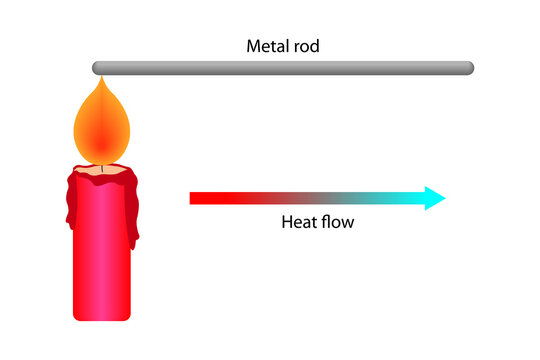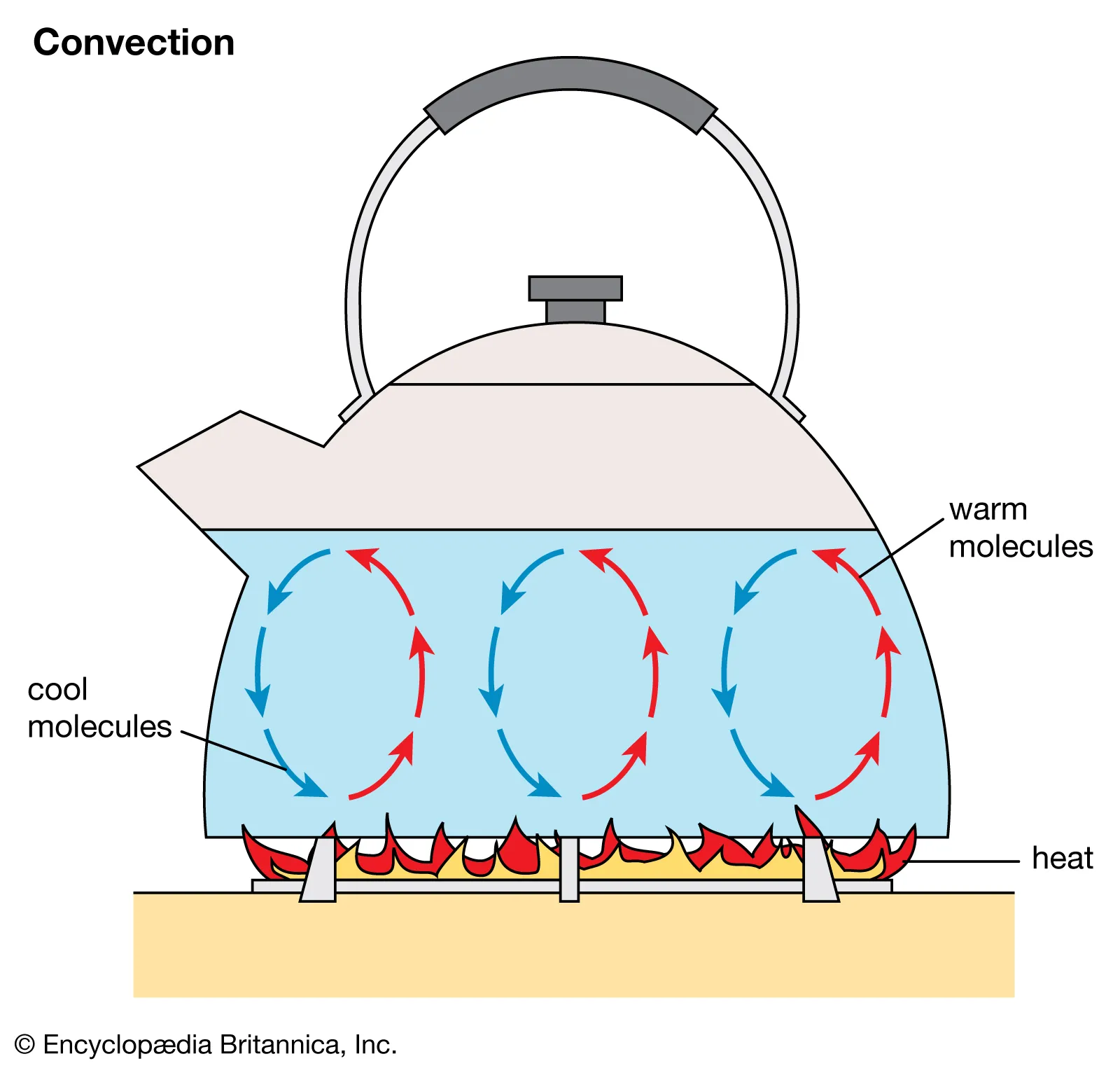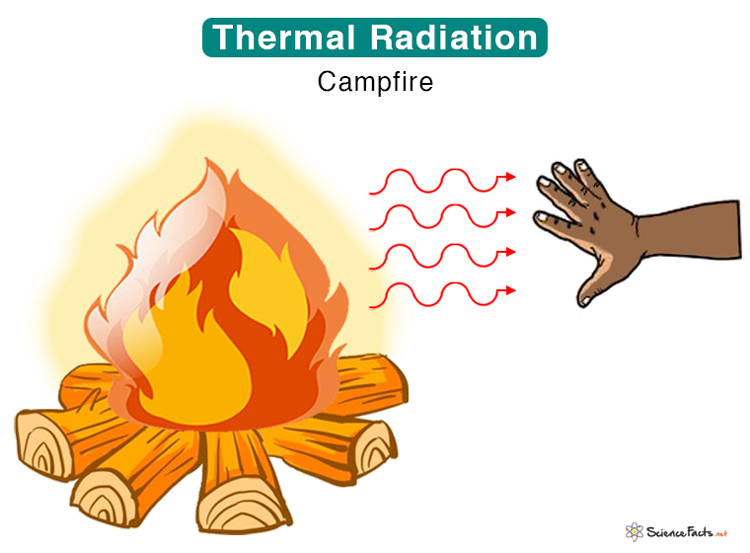Conduction , Convection & Radiation : Online IGCSE Science Class
Heat energy is able to transfer in many ways. Here we will explain all the different methods of how heat transfers.
- Conduction
- Radiation
- Convection
Conduction (In contact/ touch)
Conduction is the process by which heat energy is transmitted through collisions between neighbouring atoms or molecules. Conduction occurs more readily in solids and liquids, where the particles are closer together
Observation: The metal rod nearest to the candlelight is the hottest
Reason/Inference: Heat energy is transmitted through collision. When heat is provided, the atoms in the metal rod vibrate and collide with each other. Eventually, the vibration reaches to the furthest end
Question 1
What can you observe from the heat diagram above?
The metal rod nearest to the candlelight is the hottest
Question 2
Why does(reason/inference) the metal rod at the furthest end of the bunsen burner take a longer time to heat up?
Heat energy is transmitted through collision. When heat is provided, the atoms in the metal rod vibrate and collide with each other. Eventually the vibration reaches to the furthest end
Question 3
What are atomic vibrations? //def questions
Atomic vibrations occur atoms received energy to oscillate/vibrate
Question 4
What are free electrons? // def questions
Simple answer: ← 1 mark answer
These are outer shell electrons in the atoms that are freely able to leave the nucleus. Free electrons transfer energy in the object.
Complete answer: ← 2 mark answer
Free electrons/loose electrons in the outer shells, form a ‘sea’ of delocalised or free negative charge around the close-packed positive ions.
Convection
Convection is the process of heat transfer by the bulk movement of molecules within fluids such as gases and liquids.
Convection Only occurs in
fluid (mostly) Sometimes: gas
Never: solid
Process of convection
- Hot air rises up (Hot air/fluid is less dense so it rises up)
- Cool air sinks to the bottom (Cool air/fluid is dense so it sinks)
Question
Using the principle of air convection, explain the process of how Air Condition (AC units) works. (4m)
Student’s Answer
When the air is cooled it will become denser and sink and the warmer air will rise because it becomes less dense
Teacher’s Answer
- Air conditioner unit must be placed higher up the ground to allow convection current (The flow of hot and cold air in a given space) to flow.
- Warmer air that is less dense rises up
- Colder air that is denser sinks to the bottom
- The process of convection current continues until the room is cool at the desired temperature
Radiation
Thermal radiation is a form of heat transfer. Thermal radiation is electromagnetic radiation that is emitted by a body as a result of its temperature.
Heat transfers via radiation/ emitted from the body of the firewood.
All objects have thermal radiation
- Hotter objects emit more thermal radiation
- Thermal radiation is actually infrared radiation
- Colour of an object affects the thermal radiation. Black objects absorb heat while light object is not a good heat absorber
ONLINE TUITION CLASS
Interested to learn from our best tutor? Message me on WhatsApp and we will assist you. All our tutors have more than 10 years in teaching experience. With 2 lessons you will see immediate improvement





